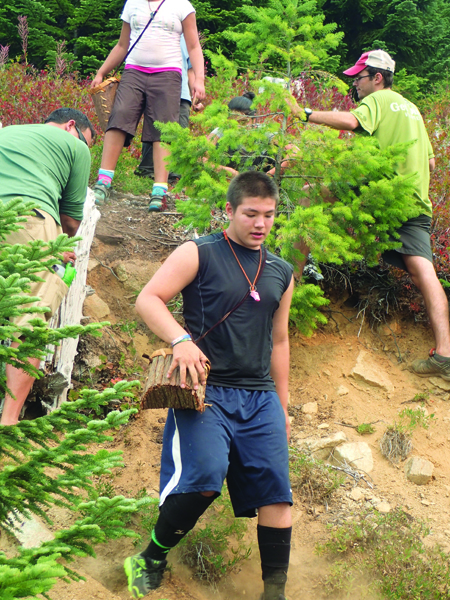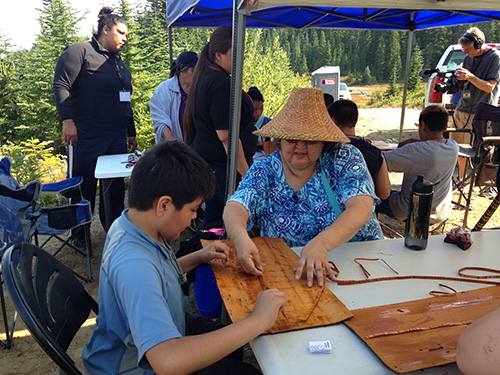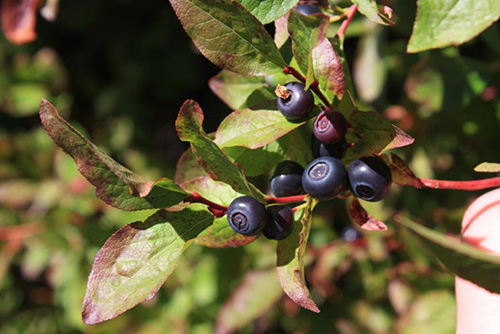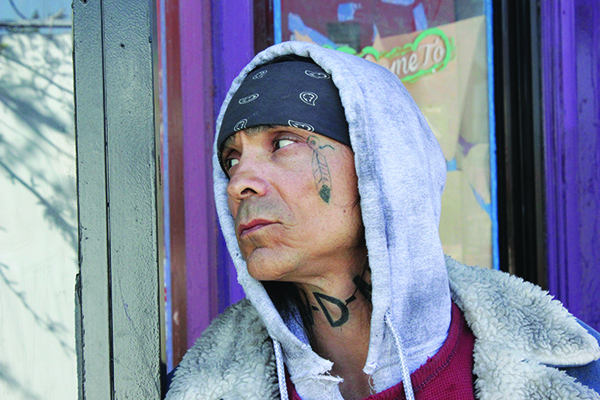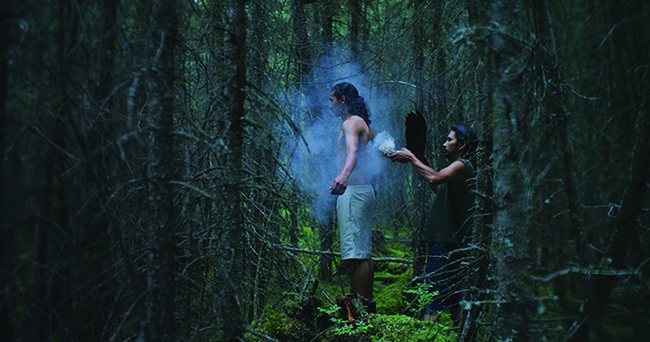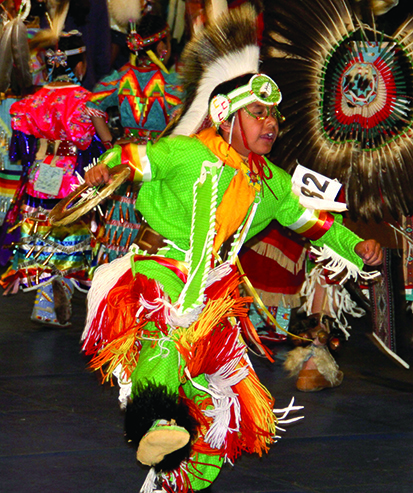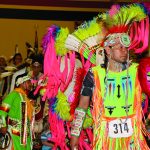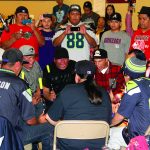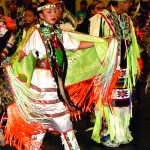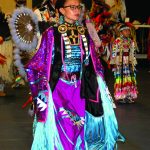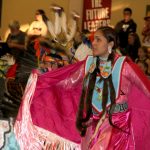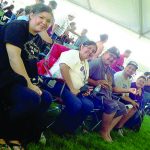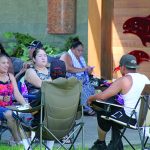
By Micheal Rios, Tulalip News
Seattle SuperSonics legend Gary Payton aka “The Glove” has partnered with the Native basketball camp, Rise Above, for appearances on reservations in the Pacific Northwest. Since last fall, the Colville Reservation and our very own Tulalip Reservation have both hosted a Rise Above camp. Two more camps are planned to take place on the Kalispel and Coeur d’Alene reservations in the upcoming months.
As our readers may recall, The Glove hosted a basketball youth skills camp at the Tulalip Youth Center last summer. For all those youth who participated and the adults who volunteered or stayed to watch their kids, they quickly realized that the camp was about much more than just basketball. It was about using basketball as a modality to empower our kids, teaching life lessons, and creating resiliency in the youth so they can grow into future leaders.
Payton met with the Tulalip News to share what his insights are on how to positively impact urban youth. You may be wondering what kind of insight a former NBA superstar can have about urban youth, especially in regards to Native youth living on a reservation. Well, the simple answer is Payton is familiar with growing up in an impoverish neighborhood, being surrounded with the poverty mindset, drugs and crime, and having to struggle against a system determined to see him fail.
Payton grew up and survived the drug-infested streets and gang filled neighborhoods of Oakland, California in the 1980s. Oakland was plagued in the eighties by a continuation of the rising crime rate and drug issues of the previous decade. Crack cocaine exploded as a big problem for the city during this period, and Oakland was regularly listed as one of the U.S. cities most plagued by crime. From being born and raised in Oakland to now following his passion for traveling the Pacific Northwest to mentor and coach urban youth, Payton has a unique perspective for sifting through issues he feels are of the biggest concern regarding the youth and how these issues can be addressed.
“Growing up in Oakland, California I was in a similar environment to a lot of these kids today, where they have a lot of free time on their own with not much adult supervision. That means you get to be around your friends the majority of the time, and your friends are going to be doing things that you want to be involved in because you want to fit in. Then things start to happen.
As I grew up and I had a father who was working all the time, but he used to tell me ‘you got to be your own man, you got to be a leader not a follower.’ If somebody says something or wants to do something that ain’t right, then tell them they ain’t right. If they don’t want to be that person who helps you and says okay I understand, then they are not really not your friend. That’s what a lot of these kids are starting to see more and more of because youth of this generation prefer to do anything other than be bored.
My generation was different because we knew how to go outside and just have fun. Everyone didn’t have a fancy cellphone, iPads, and all the rest of it. Even our cartoons and TV shows were only on during Saturday mornings and a couple hours after we got home from school. Now, TV and the internet caters to these kids so they can be watching something all day, every day.
I think for these kids today, all they need is a little push. They need someone, like myself, who has been through and seen the same things they have, to come around and give them a talking to and tell them the right way and what not to do. Because once we leave and they get someone they think is a friend who pressures them, it’s hard for them to make the right decision because of the peer pressure and idea it’s better to fit in than stand out.
But when these kids have adults and role models around who are not only looking out for their best interest, but are actually making themselves available by text, phone call, or to meet up to talk, then it becomes easier for them to say no to the bad choices and yes to the good ones. All they need is to have that support behind them, people they know are helping build them up into the best person they can be. But it can’t be only a sometimes thing, it has be an all the time thing because these kids can tell who is fake and who is real.
It’s important for us as mentors, the adults who these kids will listen to and respect, to get the youth to set individual goals. We want them to set goals or to have an ultimate goal for themselves. Most of these kids don’t have goals other than to have fun or good times with their friends, that’s not a goal. We see it all the time where they’ll get just a little bit of satisfaction from what they are doing in school or from actual hard work and then they’ll immediately flip to okay that’s enough now let me go and hangout with my friends. That mindset comes from not having goals to succeed, not having the goal to be someone who the community looks up to.

If they had goals that are bigger than just hanging out with friends or messing around on the internet, then they’d be more willing to say no to the little things that get in their way in order to achieve their goals. That’s the biggest problem with youth today. They’re so focused on the immediate and what’s right in front of them that they don’t see the larger picture, they don’t have the passion to set long-term goals and follow through. They don’t understand that by focusing in and setting goals today, that what they are actually doing is investing in their future.
As mentors, advocates, and educators we have to remain vigilant and get these kids to buy in to setting goals and following through. It starts with their education because nothing is more important than getting a good education. A good education means opportunity and with opportunity comes the ability to do what you want to do, not just doing what you have to do. We know that kids today love doing what they want to do, so now it’s on us to get them to see that through education they can be adults doing what they want to do as well. Getting them to set goals in the classroom and with school is where it starts.
We want them to have goals like, ‘I’m going to get better grades this year than I had last year’, ‘I’m going to make honor roll this semester’, ‘I’m going to graduate with my high school diploma’, and ‘I’m going to go to college’. They seem like no-brainers, but we’ve seen they are too interested in other things and have lost that focus in school and on their education, and I’m going to keep going back to it and say it’s because there’s a lack of goal setting. It’s not good enough to be satisfied with just showing up or only doing enough to get by. We have to want and expect more from them in order to get them to want and expect more from themselves.
Our mission as mentors is to encourage, and support our youth as they discover who they are and what they want to be. Through goal setting and an emphasis on education as future opportunity for themselves, they’ll be able to become the best person they can be. Once they have that mindset to want better, to be better, everything will start to click and it’s an amazing thing to witness. They have so much to accomplish and so many opportunities available, and when they realize they are capable of reaching their goals and achieving like they never thought before then this entire community benefits.”
Contact Micheal Rios, mrios@tulaliptribes-nsn.gov


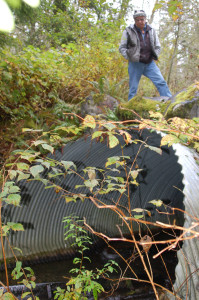

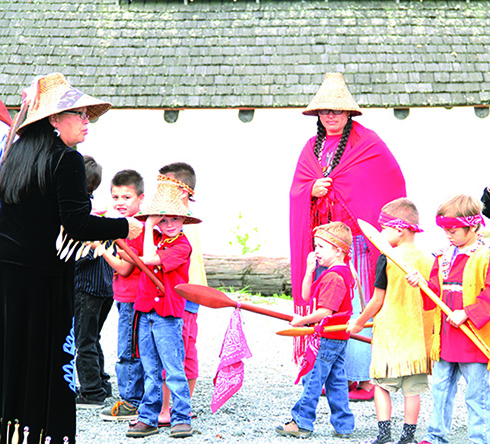


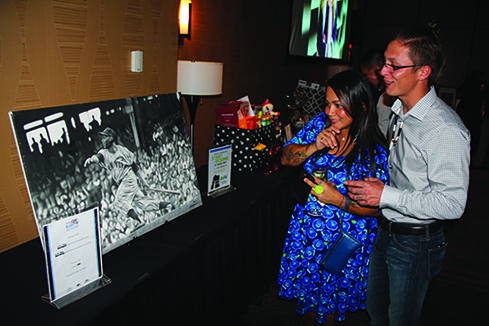

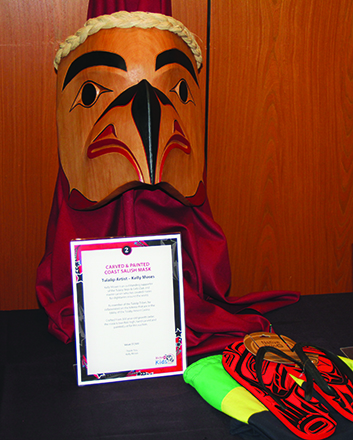

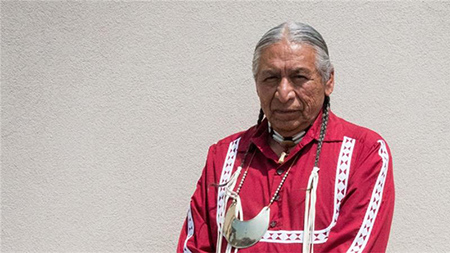
![Volunteers gather their wild gardening tools to cut back and clear out other plant species that are currently out-competing with the fragile river cane for resources [Nicholas Linn/Al Jazeera]](http://www.tulalipnews.com/wp/wp-content/uploads/2016/06/1002e41acd8f4541bd7e3e6b3dc7f495_18.jpg)
![Volunteers join Cain for a day of 'wild gardening' in the Sequoya National Wildlife Refuge in northeast Oklahoma [Nicholas Linn/Al Jazeera]](http://www.tulalipnews.com/wp/wp-content/uploads/2016/06/0e296309b18c444daf0d7d635451c2f5_18.jpg)
![Roger Cain is one of a handful of academics studying river cane. A Cherokee, Cain is working on a project to map what remains of the river cane on Cherokee land [Nicholas Linn/Al Jazeera]](http://www.tulalipnews.com/wp/wp-content/uploads/2016/06/dc04b5146b034804bf1ed91a77d56393_18.jpg)

